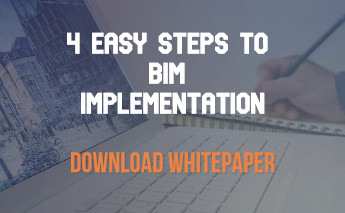|
Getting your Trinity Audio player ready...
|
Building Information Modeling (BIM) is really a revolutionary advancement in construction industry and the modern design tools in BIM offer significant growth to the competitors in the construction field. Present-day BIM was started during mid-1980s in the name of ‘building models’. But within ten years, BIM software is implemented on architectural platforms widely. Now BIM is used to create a digital representation of a built asset.
Benefits of building information modeling
BIM technology replaces the conventional ‘plan, design and implement approach, the construction industry adopted before. Instead, it gives five-axes spatial representation that includes the three-dimensional computer-aided design incorporated with time and cost as the fourth and fifth dimensions. In short, a BIM structure can give data to all participants in a construction project like designers, architects, engineers and contractors throughout the entire life-cycle of the project.
Advantages of BIM model
- BIM helps utilize the space perfectly as per the building standards
- It ensures stable infrastructure with the help of perfect designs
- Using BIM we can plan installations and implement designs more effectively
- BIM also enables estimate the cost and materials required accurately
A BIM model includes all external links and supplementary data of each component of a building. As a six-dimension it also provides information regarding the maintenance services. Therefore, we can easily identify the possible problems that may occur when the construction is started. The simulation software makes it possible at the design stage itself. BIM can also be used for reconstruction, renovation and expansion works.
Understanding BIM environment
BIM enables better set of visualisations and fluidity in planning and with the help of BIM, the AEC industry players can deliver complex projects. Even small differences in the data of the large scale industrial or commercial complex may result in magnificent level of discrepancies and therefore a special approach is required to maintain their feasibility throughout the entire life cycle. BIM in architecture can ensure greater return on investment, as it can reduce almost 20% of the construction and operational costs.
Even though infrastructure planners are enthralled by the facilities based on BIM framework, the associated operational expenditure restricts its growth. However, the growth of building information modeling market is promising.



Leave a Reply